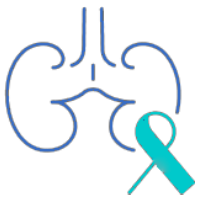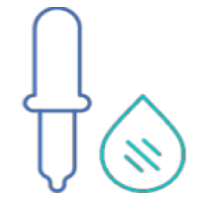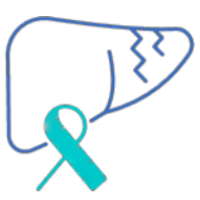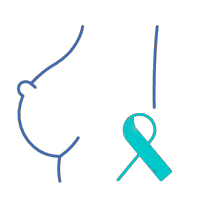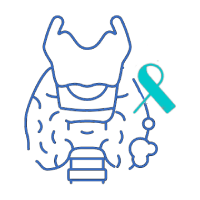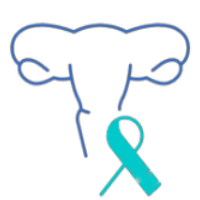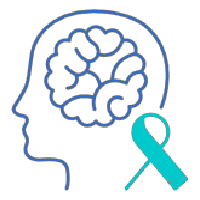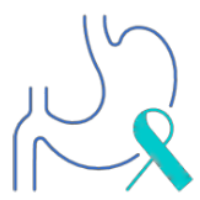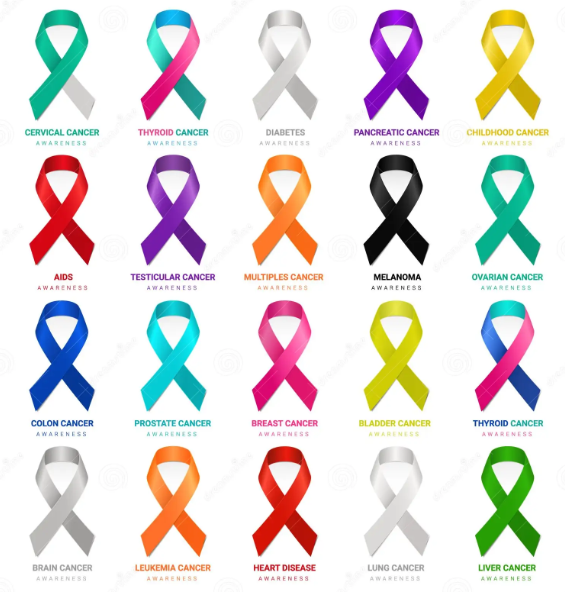Choosing iran for Cancer treatment ( oncology)
Cancer is a disease in which some of the body’s cells grow uncontrollably and spread to other parts of the body. It refers to any one of a large number of diseases characterized by the development of abnormal cells that divide uncontrollably and can infiltrate and destroy normal body tissue. Cancer often can spread throughout your body. Cancer is a genetic disease which means that, it is caused by changes to genes that control the way our cells function, especially how they grow and divide . Iran has emerged as a leading destination for cancer treatment in the Middle East, offering cutting-edge medical technologies, world-class specialists, and comprehensive oncology services. With a strong focus on early detection, advanced treatment, and ongoing research, the country provides high-quality cancer care at both public and private hospitals.
Different Types of Cancer
Cancer can develop in different parts of the body. Common types of Cancer include:
-
Breast Cancer – Starts in breast tissue
-
Lung Cancer – Affects the lungs
-
Blood Cancers – Such as leukaemia and lymphoma
-
Brain Tumours – Starts in brain cells
-
Other Types – Skin, liver, stomach, colon , kidney , pancreas , thyroid , and more
